What is Sampling in Music?
Sampling in music involves taking a section of audio from another source – in this instance, an existing song – and then reworking it into the creation of a new track. Some ill-informed musicians have described it as blatant, shameless plagiarism, but this is an ignorant view point to take. There was once a time when the Grammys would not consider recognising any song that used a sample for the prestigious ‘Song of the Year’ award. Thankfully, this rule was changed in 2014.
The amount of sound that’s ‘sampled’ varies wildly from project to project. Some producers will lift an entire chorus from another song; others might just take a drum beat and slice it up (taking just the kick drum and snare, for example) to suit their own musical needs. Other popular sections to sample include vocals and basslines. It’s not just songs that get sampled either; spoken lines from film, TV and online videos appear often too. For example, Disclosure’s well known track ‘When a Fire Starts to Burn’ features a sample taken from a motivational speaking clip!
Samples are then usually looped, sliced, spliced and manipulated. While some will honour the original sample more closely, many producers will tweak and mould it even further by altering the pitch, tempo and other sonic characteristics too. This can sometimes result in a completely unrecognisable sample, leading to something that’s truly new!
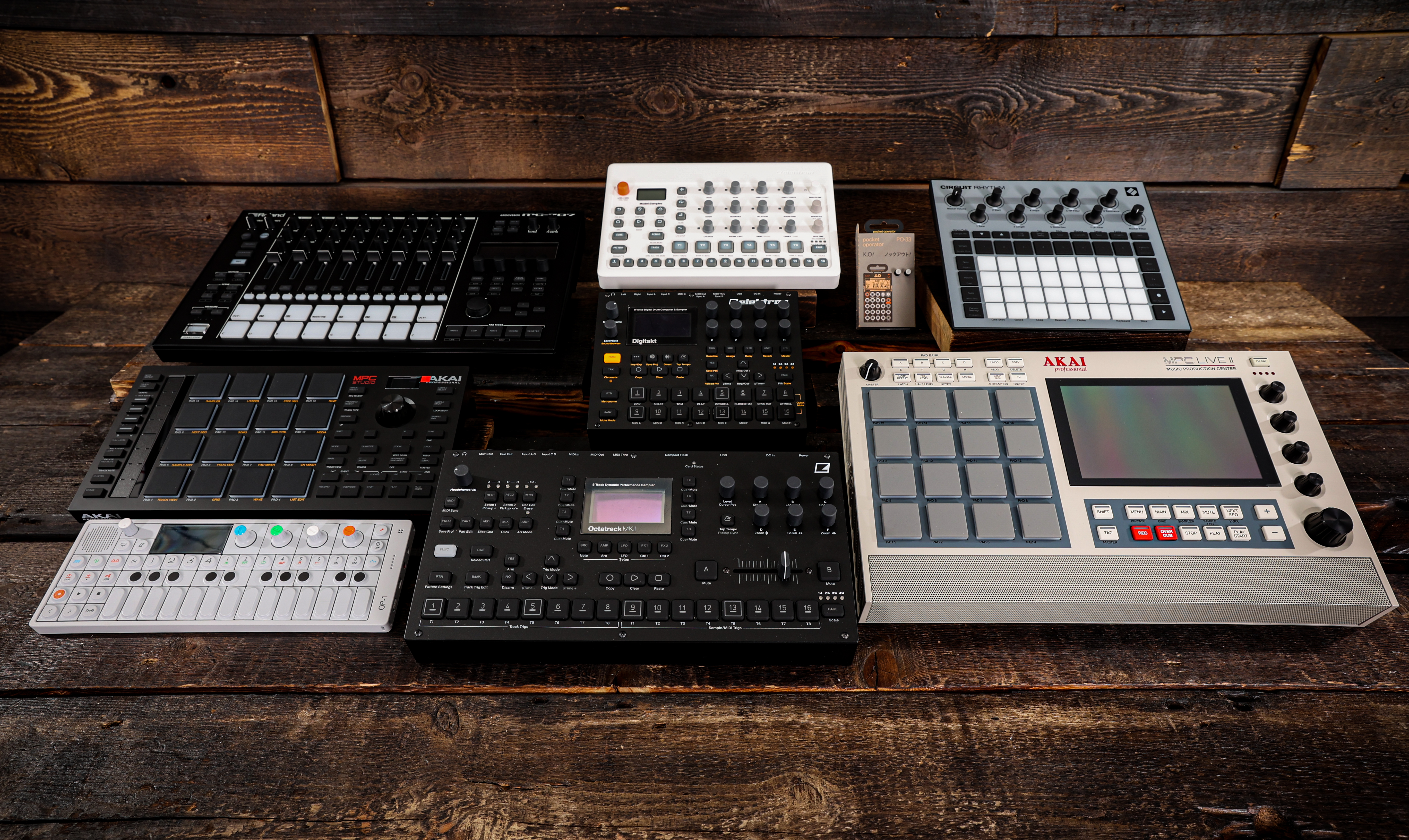
Sampling in Music: A Short History
When discussing sampling in music, you probably immediately think of hip-hop. However, you can quite easily argue that the concept of sampling predates the pioneering golden era of the ’80s.
20th Century Jazz
With the jazz boom during the early part of the 20th century, many musicians would ‘sample’ sections from other players’ pieces when performing live. This was to pay homage to the skill and creativity of their peers, and was done by working these recognisable hooks and melodies into their own music.

Music Concrète
Fast forward to the 1940s and you’ll encounter a pair of Pierre’s – Schaeffer and Henry – and their ground-breaking idea of ‘Music Concrète’. This principle challenged the root definition of music itself. The duo used rudimentary disc cutters to craft entirely unique sonic palettes that were unlike anything that had been heard before.
The sounds of machinery and trains would form the bedrock of their sound. These pre-recorded samples (which were later captured by other enthusiasts thanks to the introduction of the tape recorder) were heavily edited and looped – with changes made to the tempo and pitch. The most famous example of Music Concrète is the song ‘Revolution 9’ from ‘The White Album’ by The Beatles’.
The Chamberlin & The Mellotron
Technological advances in the late 1940s and early ’50s saw the conception of the Chamberlin – named after its inventor, Harry Chamberlin. This keyboard (with an electro-mechanical architecture) boasted an external library of tape loops consisting of many different pre-recorded instruments. This made the Chamberlin an extremely versatile piece of gear for the time, as you could swap between a multitude of sounds as and when they were required.
Its instrumental successor was actually spawned from the Chamberlin itself. In 1962, a man named Bill Fransen purchased a couple of Chamberlin’s. After taking an in-depth look at what made them tick, he began to manufacturer and release his first clone; this was called The Mellotron. This took the concept of the Chamberlin up a notch, improving the engineering and user experience of the unit, with more modern enhancements across the board. The Mellotron was used by The Beatles on ‘Strawberry Fields Forever’ and turned up even later on Radiohead’s ‘OK Computer’.
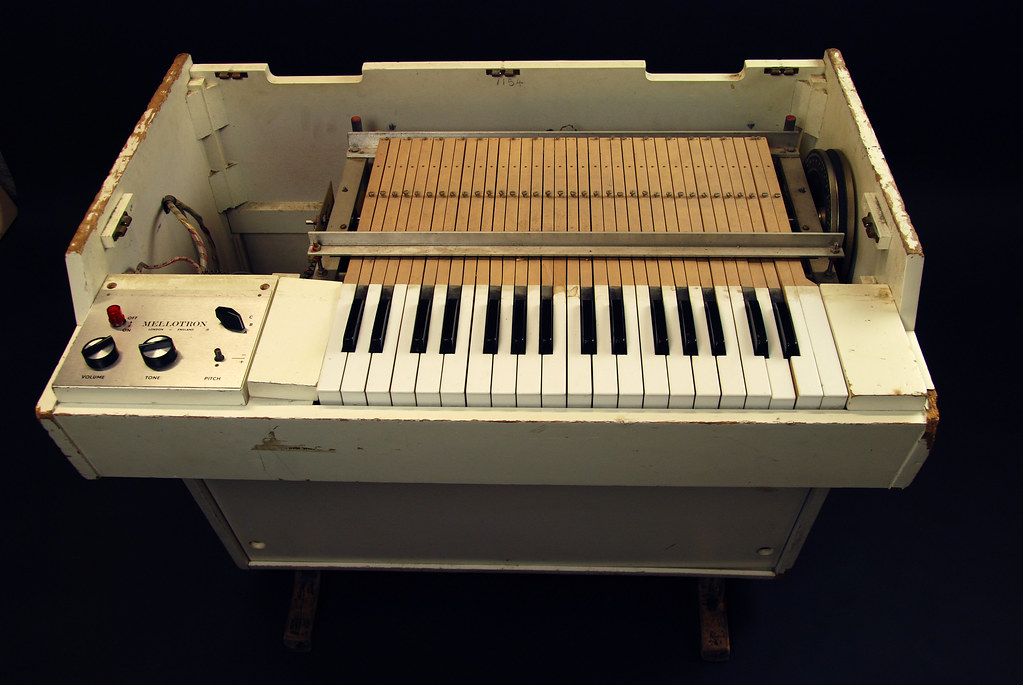
(The Mellotron)
The Rise of Hip-Hop (& House)
Sampling really came into its own in the latter half of the ’70s and early 1980s with the emergence of hip-hop. DJs from New York would make samples on-the-fly while they played a show. This was done through precisely manipulating vinyl records. The most popular example of this was the use of break beats. These were drum breaks taken from notable jazz, funk and R&B tracks of the period. They were chosen because they could easily get a crowd going and could be rapped over too.
House music’s origins can also be traced back to the early ’80s. However, early house artists differed from their hip-hop counterparts in the type of material that they preferred to sample. Back then, classic disco staples were used as the bedrock of house because of their energy and ability to get people onto the dancefloor. To this day, disco remains a go-to component of house music for the genres’ biggest names.
Enter the Sampler
The late 1970s saw one of the biggest technological milestones in music production – the creation of the very first monophonic digital sampler. Dubbed the Computer Music Melodian, it saw use by the likes of Stevie Wonder. Hot on its heels was the Fairlight CMI (which stands for Computer Music Instrument), which is now regarded as one of the most iconic samplers ever. Usurping its predecessor, this sampler combined a polyphonic design with a DAW (digital audio workstation) and a digital synth.
However, it was not a viable option for the average producer or musician due to the sheer cost of the unit. The Fairlight CMI was quickly adopted by the likes of Herbie Hancock, Kate Bush and Peter Gabriel, amongst others.
Akai Accessibility
With the onset of the ’80s, sampling became even more accessible thanks to the engineering ingenuity of new brands like Akai. They managed to design and build a range of standalone samplers known as MPCs – which is short for music production centre. And they were exactly what they said on the tin. When the MPC60 burst onto the scene in 1988, it gave musicians and producers a more affordable, versatile tool that they could use to make an entire song without ever having to step foot in a studio.
The MPC left an indelible mark on the world of hip-hop – becoming synonymous with legendary producers such as J Dilla – and saw an explosion of new music across the globe that made use of samples. You can find out more about how the Akai MPC changed the music production world in our blog here.
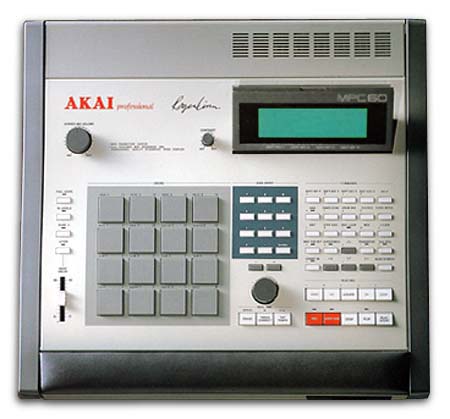
(The Akai MPC60)
The Current Day
Nowadays, the potential for high-quality sampling is better than ever before. The majority of the top tech brands have each developed their own unique samplers with distinct workflows, ranging from entirely standalone gear, to equipment that works best when used in conjunction with a DAW. Check out the section on ‘How do you Sample Music?’ below for our recommendations on some different hardware and advice on how to get started with sampling!
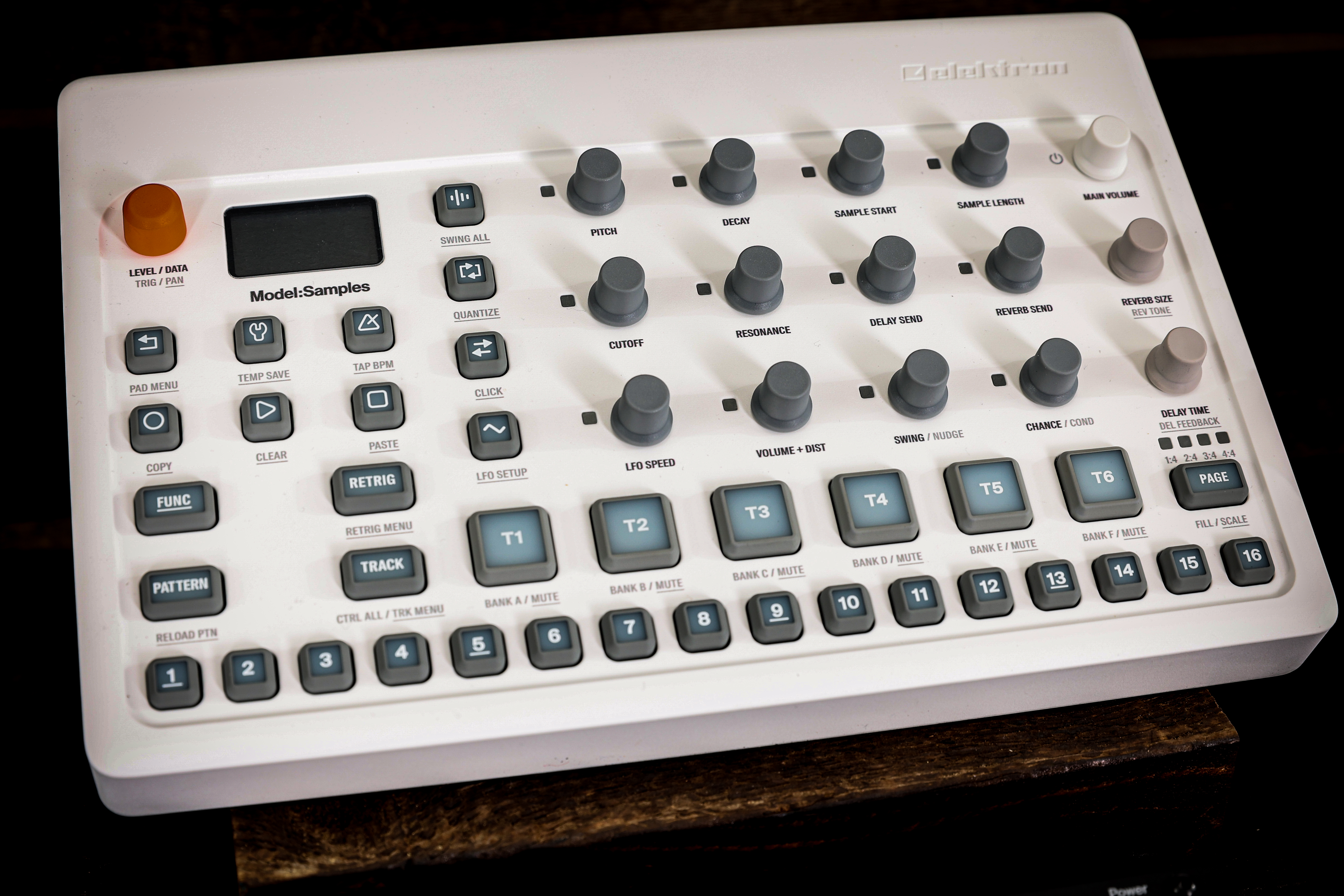
Where do you find Samples for Music?
To avoid getting into legal trouble (which you can find out more about later in this blog), these will be your best avenues to follow:
Use royalty-free samples & free sample packs
A quick Google search throws up a tonne of results for free samples and royalty-free libraries. You might have to do some digging around when it comes to these, but you’ll be safe in the knowledge that nobody is going to sue you for whatever you end up using!
Use a Paid-For Sampling Service
For a monthly fee, companies like Tracklib offer a library of pre-cleared tracks that can be legally sampled and used in any music that you release. Their offering spans both well-known songs and more obscure cuts from a multitude of different genres and decades.
Record your own Samples
This is definitely the more creative way of doing it. Take a handheld recorder and head outside for a field recording session, or capture an instrument at home or in the studio and slice apart and use the best sections. If you’ve got the patience – and the time – you could even meticulously capture the full breadth of notes from a piano individually, insert them into Native Instruments’ Kontakt software, and build your own virtual instrument!








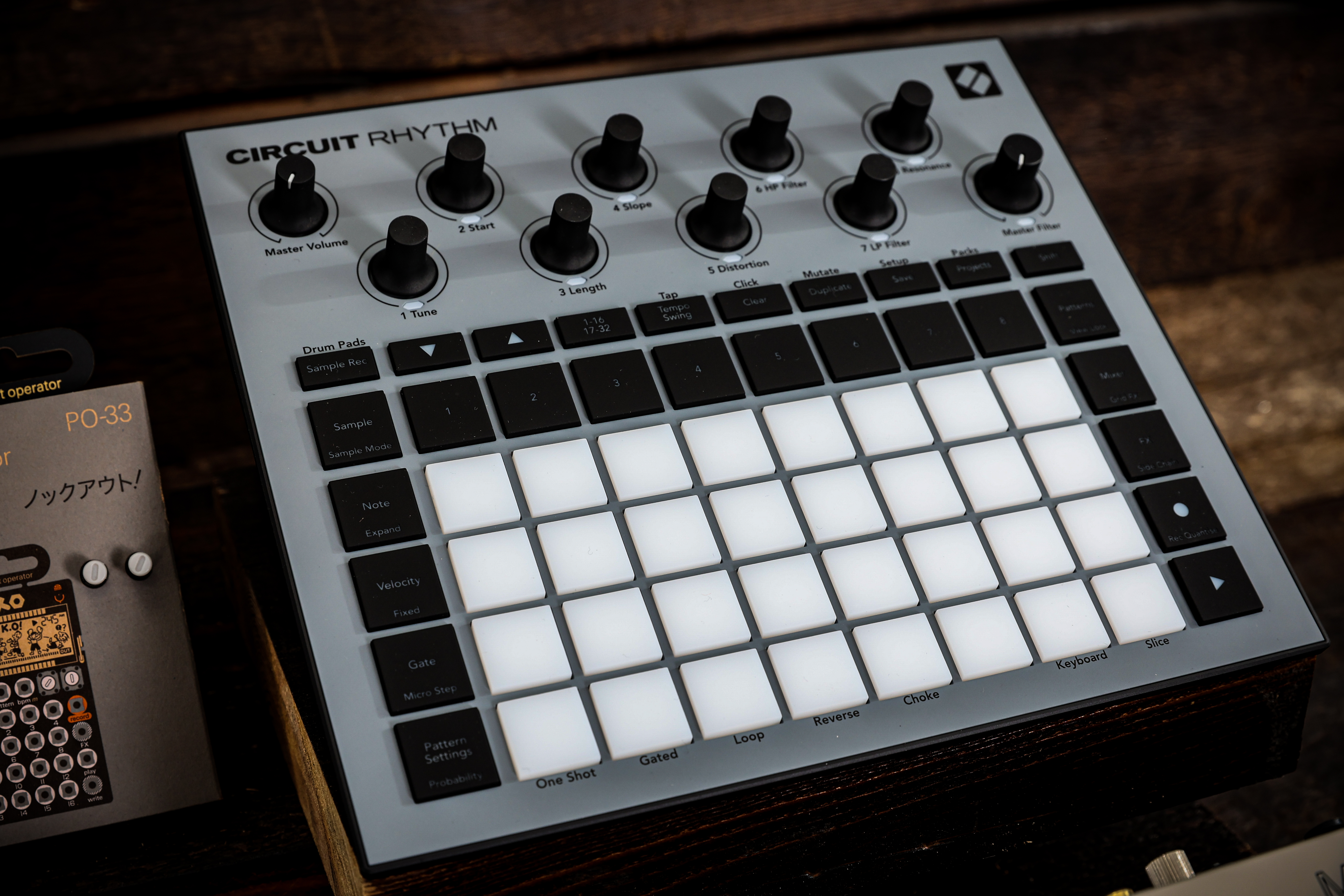

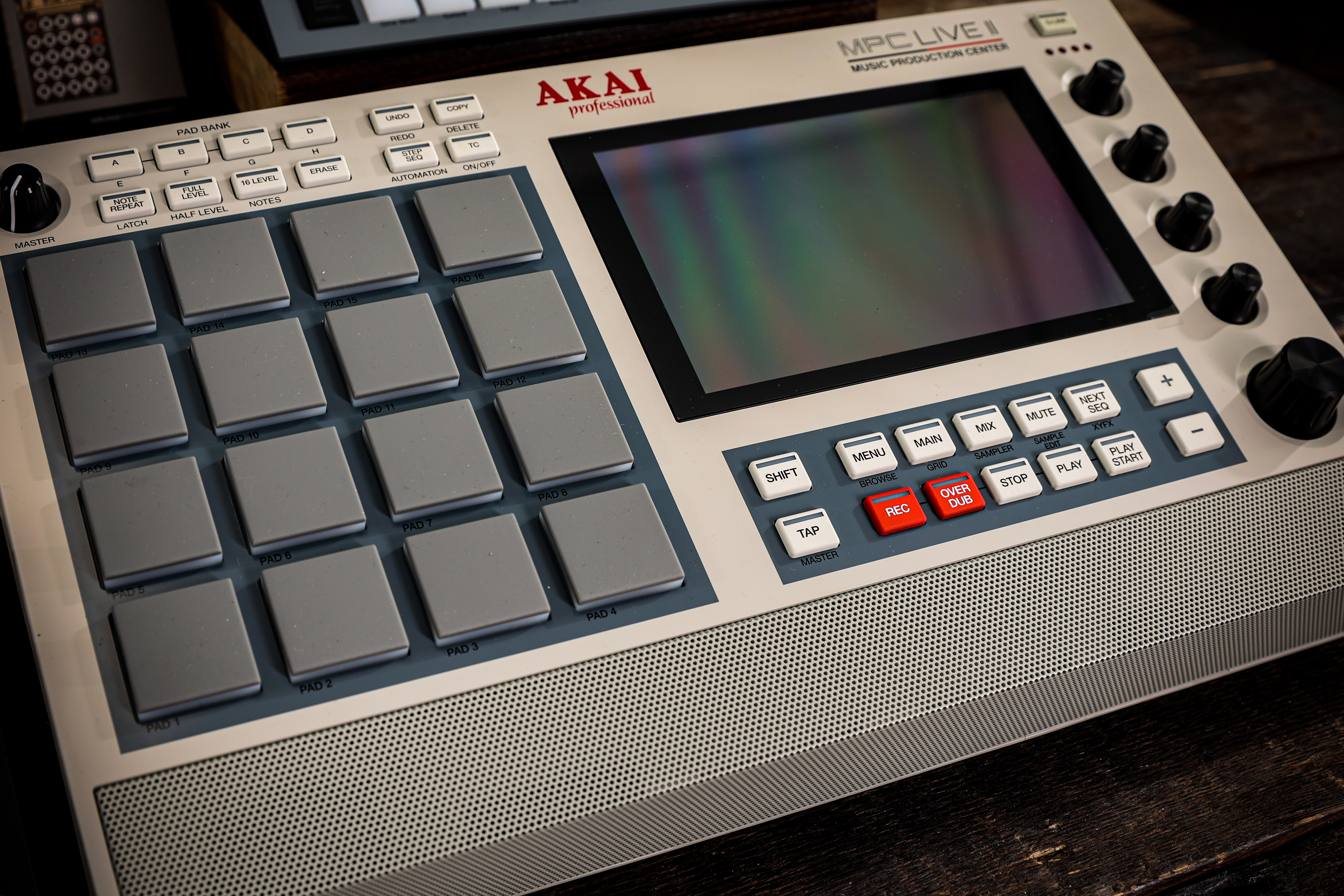









.jpg?w=400&h=400&&fit=fill&bg=FFFFFF)
Responses & Questions